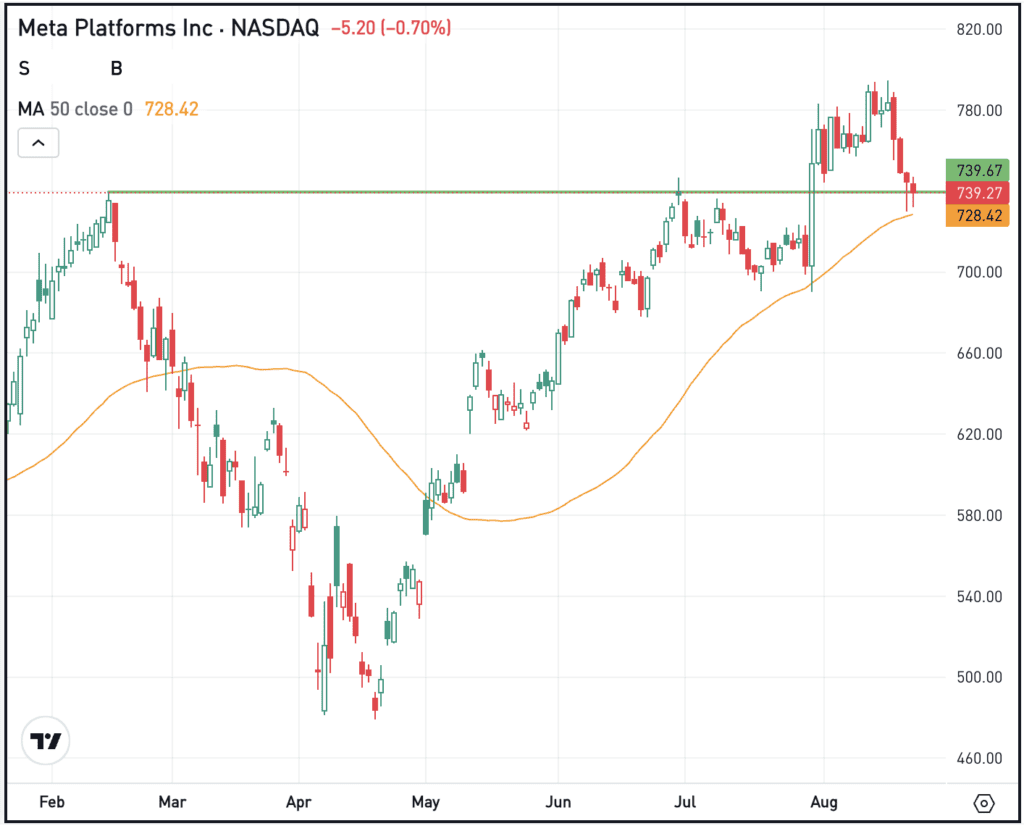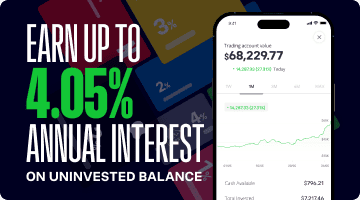The Daily Breakdown dialed into conference calls from the top US retailers this week. Here’s what management had to say.
Before we dive in, let’s make sure you’re set to receive The Daily Breakdown each morning. To keep getting our daily insights, all you need to do is log in to your eToro account.
What’s Happening?
It was a big week of retailer earnings, with companies like Walmart, Target, Lowe’s, Home Depot, and TJX Companies all reporting earnings. These are some of the largest retailers in the country, so they have a great pulse on the consumer. Here’s what they had to say this week:
Walmart (❌ Earnings Miss, ✅ Revenue Beat)
CEO Doug McMillon said consumer behavior remains stable. Walmart has seen consistent demand across all U.S. categories, with particular strength in apparel, media, and auto. The back-to-school season performed well, giving Walmart confidence heading into the holidays. Executives noted minimal behavioral shifts from tariffs so far but acknowledged rising inventory costs and ongoing sensitivity to pricing among value-conscious consumers.
Target (✅ Earnings Beat, ✅ Revenue Beat)
CEO Brian Cornell said tariff uncertainty has been a major operational challenge this year. CCO Rick Gomez highlighted sequential improvement in traffic across all six core categories, particularly in digital sales and same-day delivery. Consumers remain focused on value as inflation and tariffs influence buying behavior. Early signs for back-to-school and back-to-college shopping were encouraging, though Target is still planning cautiously for the second half of the year amid ongoing uncertainty.
TJX Companies (✅ Earnings Beat, ✅ Revenue Beat)
Leadership emphasized that customer transactions increased across all divisions, reflecting strong demand and confidence in TJX’s value-focused model. Executives noted that both higher average baskets and transaction growth drove comp performance, with strength across all income levels. Management remains confident entering the second half of the year, supported by continued momentum in early Q3.
Home Depot (❌ Earnings Miss, ❌ Revenue Miss)
CEO Ted Decker said customer momentum has continued, with strong engagement across smaller home projects. However, economic uncertainty remains the top reason customers are deferring large-scale renovations — outweighing concerns over price or labor. Executives noted the business’ strongest performance in over two years. Big-ticket purchases are showing signs of recovery, though softness remains in larger discretionary projects.
Lowe’s (✅ Earnings Beat, ❌ Revenue Miss)
CEO Marvin Ellison emphasized that homeowners are still financially stable, supported by low unemployment and wage growth. Executives noted positive sentiment from professional customers with stable backlogs, while mortgage rates and affordability continue to pressure consumer behavior in the short term. Both Lowe’s and Home Depot noted a sluggish start to the quarter that accelerated each month through July.
Want to receive these insights straight to your inbox?
The Setup — Meta
Meta had a great earnings reaction on July 31st, rising more than 11% to record highs. Shares enjoyed a key breakout over the $740 level, running all the way up to almost $800. Now though, Meta stock is pulling back and retesting its prior breakout level and the 50-day moving average:

Bullish investors want to see Meta hold this area as support and bounce back toward the prior highs. If support doesn’t hold, more bearish momentum could ensue, potentially opening the door down to $700. However, this $740 area is the first main technical support area to watch on this pullback.
Options
One downside to META is its share price. Because the stock price is so high, the options prices are incredibly high, too. This can make it difficult for investors to approach these companies with options. In that case, many traders may opt to just trade a few shares of the common stock — and that’s fine. However, one alternative is spreads.
Call spreads and put spreads allow traders to take options trades with a much lower premium than buying the calls outright. In these cases, the maximum risk is the premium paid.
Options aren’t for everyone — especially in these scenarios — but spreads make them more accessible. For those looking to learn more about options, consider visiting the eToro Academy.
Disclaimer:
Please note that due to market volatility, some of the prices may have already been reached and scenarios played out.






